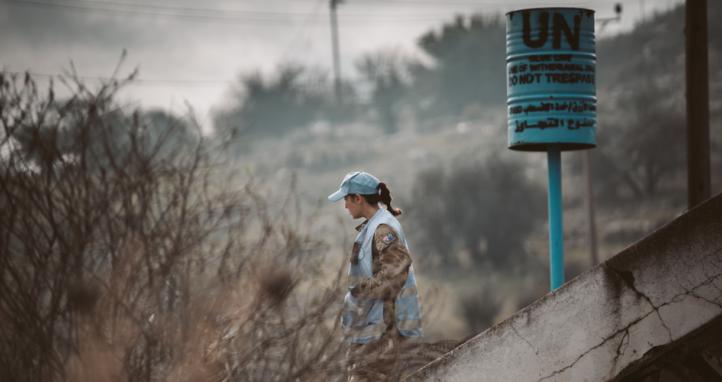WARNING: Aboriginal and Torres Strait Islander people should be aware that this article may contain images, voices and names of deceased persons.

Of my four Great Uncles, the Farmer Brothers, who fought in World War I, only two survived.
My Great Uncles (pictured in order; Kenneth, Larry, Augustus, and Lewis) were born to Emily Coyne and William ‘Pegg’ Farmer. Emily was an Aboriginal woman born in 1875 in Bremer Bay and known as a traditional healer and midwife, serving the Katanning community with Pegg, a land surveyor.
Lewis Farmer, who was the first to enlist, was born in Katanning, W.A. in 1896. He was the fourth son to Peg and Emily and was raised and educated in Katanning. He was an active member of the Senior Cadets and the Katanning Football Club.
On 28 December 1914, Lewis enlisted in the Australian Imperial Force (AIF) at Katanning. He joined the 28th Battalion at Blackboy Hill in March the following year and trained with the 11th Company Australian Garrison Artillery at Arthur’s Head in Fremantle.
Larry was the 3rd son and the second to enlist. Also known as ‘Pincher’, Larry was born, raised, and educated in Katanning and worked as an apprentice for coachbuilders Mouritz Brothers.
Larry enlisted with the AIF during March 1915 in Bridgetown, with a letter signed by his father agreeing to let his son go on active service.

Following a period of training at Blackboy Hill, both Larry and Lewis were placed in the 28th Battalion and on the 9th of June 1915, both embarked at Fremantle on the HMAT Ascanius A11 for Egypt. Early September, they boarded the SS Ivernia from Alexandria and arrived at Gallipoli four days later.
Following the Allied evacuation of Gallipoli in December 1915, the 28th Battalion proceeded to the Greek island of Lemnos where they remained until 10 January 1916. They then returned to Alexandria on the HT Ansonia.
Following two month’s rest, both Lewis and Larry sailed for Marseille in France with the 28th Battalion to serve on the Western Front.
Lewis’s only war injury was sustained at Pozieres in August 1916.
While engaged in the Battle of Pozières, Larry Farmer was killed in action. In September 1916, his parents received the sad intelligence that their son had been killed. Private Larry Farmer was awarded the 1914-15 Star, the British War Medal 1914-20, and the Victory Medal for his military service.

Kenneth Farmer was the third to enlist and did so twice in the Australian Imperial Force. After his initial campaign, Kenneth was sent back to Australia in August 1916 due to poor health. By December 1916 he had re-joined, spurred on possibly by the news of his brother’s death. Kenneth was later invalided due to a gunshot to the jaw in 1918 and returned home.
The final brother, Augustus, a timber worker from Bridgetown-Greenbushes, Western Australia enlisted on the 9th of December 1915 and served in the 16th Battalion of the first AIF.
Augustus served with distinction in France rising to the rank of corporal. He became the first Aboriginal soldier to be awarded the Military Medal for his bravery under fire in May 1918. Three months later, Augustus was killed in action at Mericourt on the Somme River. Today he lies in a military cemetery in Northern France.
Emily was not notified of his award until January 1919.

On 23 October 1916, Larry’s mother Emily received a military pension of 40s per fortnight for the loss of her son and a memorial scroll was received in September 1921.
When Lewis died in 1946, he was buried with full military honours.
Larry and Augustus Farmer are commemorated at the Villiers-Bretonneux Memorial.









